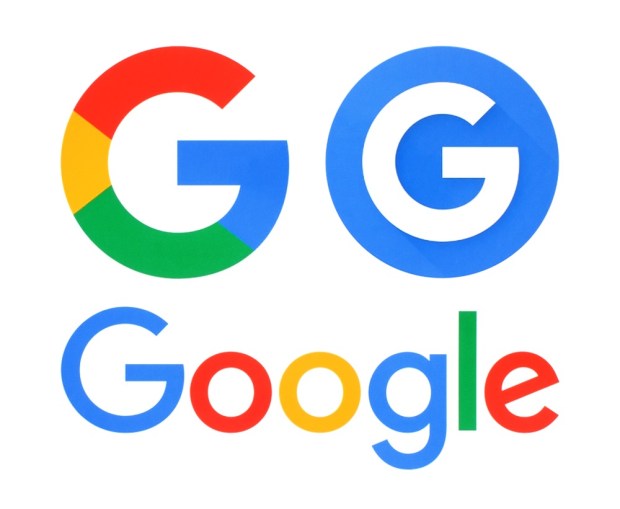Google OS To Run Renault, Nissan, Mitsubishi Infotainment Systems

Alphabet’s Google has inked a deal with Renault, Nissan, and Mitsubishi in which the car makers will use Google’s Android operating system to run in-car media displays.
According to a report in the Wall Street Journal, combined, the car makers that are part of the alliance sell more vehicles than any other car manufacturer. The choice of Google to provide the OS for a new crop of infotainment systems is viewed as a big win for Google and a good way to further its push into the automobile market. The Wall Street Journal noted that the Renault-Nissan-Mitsubishi Alliance combined sold 10.6 million vehicles around the world and has plans to roll out the new infotainment system in 2021. It’s expected to give drivers more integration with Google services such as its maps, app store and voice-activated assistant.
While the industry has been reticent to give some of the market to technology firms, drivers are still bringing their phones in the car to find directions and perform tasks. At the same time, the auto industry has struggled with making an in-car system that is easy to use and doesn’t have glitches, noted the report. With lots of the alliance’s customers already using Google apps, it made sense to partner with the technology powerhouse.
The Wall Street Journal noted that the deal is likely going to prompt the alliance’s rivals to be more open to infotainment systems powered by Google or Apple. Google envisions creating an ecosystem for users so that they can easily access all aspects of their digital lives via different devices, depending on where they are. As part of the partnership, Google will have access to the data that is collected from the in-car apps — but it needs the permission of the customer before it can collect the data, noted the report. The paper noted that in-car operating systems have become a way for the automakers to stand out since many are churning out similar vehicles in terms of quality and reliability. At the same time, consumers have come to expect the same experience in-car that they get on the smartphones, noted the WSJ.
